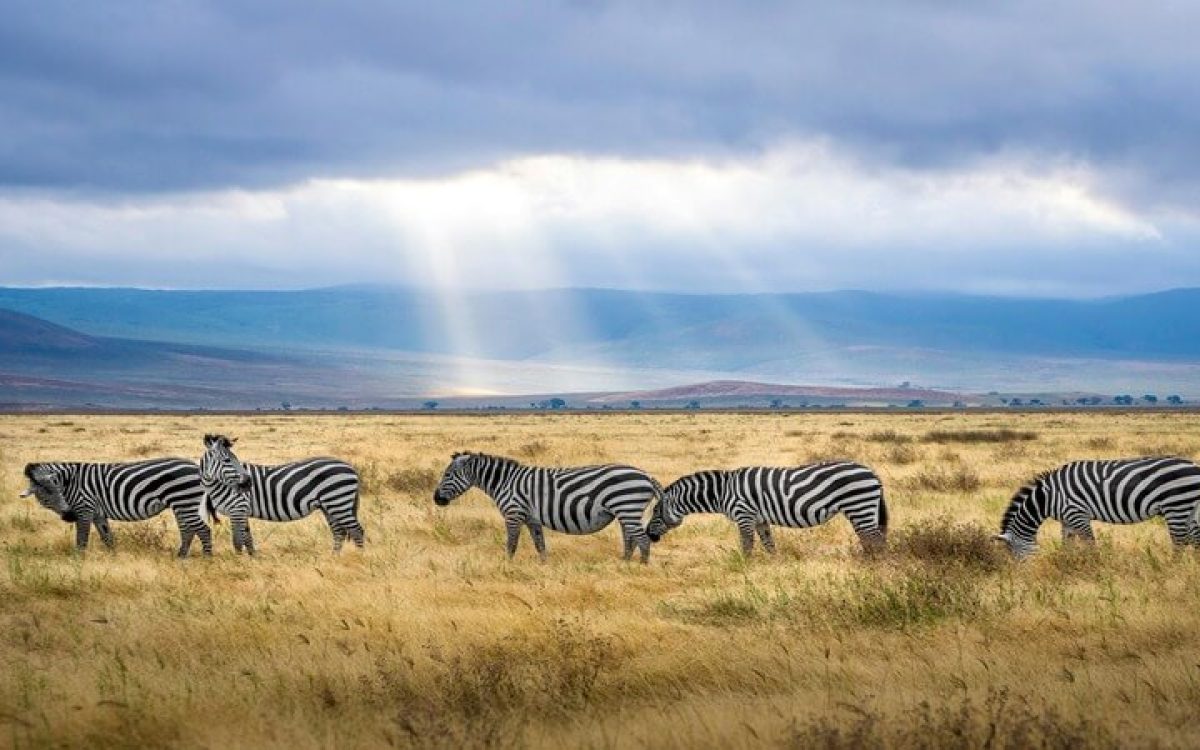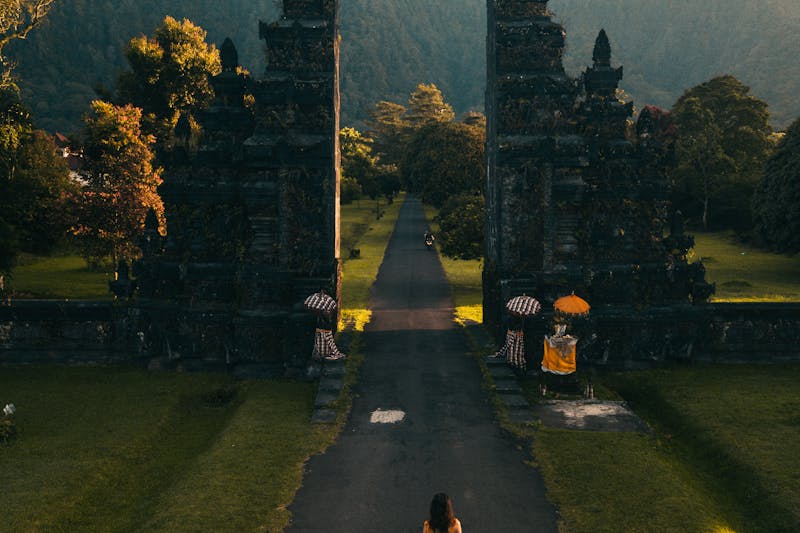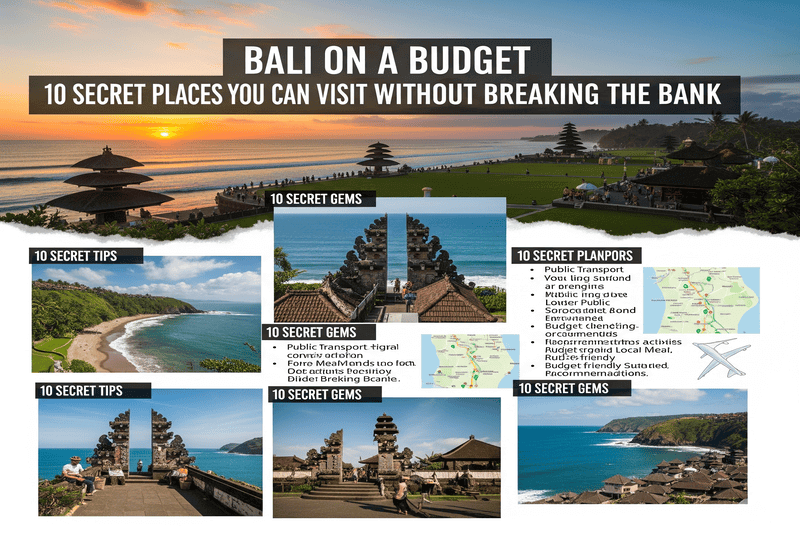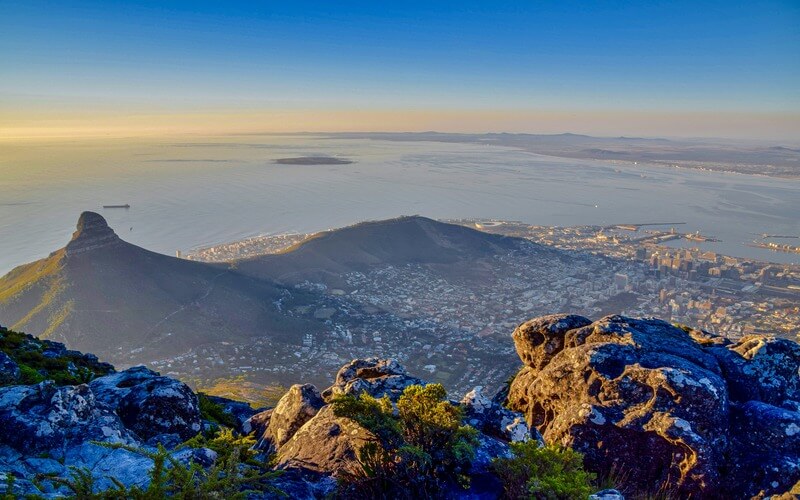Planning a trip to Tanzania? What is the best season time to visit Tanzania, Whether you’re dreaming of a safari in the Serengeti, climbing Mount Kilimanjaro, or lounging on the beaches of Zanzibar, knowing the best season time to visit Tanzania can make or break your experience.
This in-depth guide will help you choose the perfect time to explore one of Africa’s most stunning travel destinations.
Why Timing Matters for Visiting Tanzania
Tanzania’s weather and wildlife viewing opportunities vary dramatically depending on the season. While some months offer dry skies, clear wildlife views, and peak migration, others bring lush greenery, fewer crowds, and lower prices. Choosing the right season depends on your interests—whether it’s adventure, budget travel, photography, or beach relaxation.
This comprehensive guide helps you understand the answer and plan your trip like a pro.
Overview of Tanzania’s Climate and Seasons
Tanzania’s climate is tropical and varies by region, with distinct wet and dry seasons.
Seasons in Tanzania:
-
Dry Season:
June to October
– Cool, low humidity, excellent for safaris and Kilimanjaro -
Short Rains:
November to mid-December
– Brief afternoon showers, landscapes are greener -
Hot Season:
January to February
– Warm and dry, great for Zanzibar and wildlife -
Long Rains:
March to May
– Heavy rainfall, fewer tourists, budget-friendly
Dry Season vs. Wet Season: What to Expect
Dry Season (June–October)
-
Best for: Safari, Kilimanjaro trekking, Great Migration
-
Weather: Clear skies, low humidity
-
Wildlife: Easy spotting as animals gather around waterholes
-
Downsides: Higher prices, more tourists
Wet Season (March-May)
-
Best for: Budget travel, bird watching, lush landscapes
-
Weather: Heavy rains, muddy roads
-
Wildlife: Harder to spot due to thick vegetation
-
Upside: Cheaper accommodation, fewer crowds
So, what is the best season time to visit Tanzania?
Most experts and travelers agree that June to October is ideal for safaris, while January to February is best for a combo of wildlife and beach trips.
Best Time for Safari Adventures in Tanzania
Tanzania is home to legendary safari spots—Serengeti National Park, Ngorongoro Crater, Tarangire, and Lake Manyara.
Top Safari Season: June to October
-
Serengeti Wildebeest Migration:
Best viewed in June and July (Grumeti River) and September to October (Mara River). -
Ngorongoro Crater:
Accessible year-round, but clearest views in the dry season. -
Tarangire:
Wildlife viewing peaks in August to October when elephants gather.
Pro Tip:
Book lodges early for peak season and consider a guided tour for access to top spots.
Best Time to Visit Zanzibar for Beaches & Diving
Zanzibar, Tanzania’s island paradise, offers sun-soaked beaches, turquoise waters, and rich Swahili culture.
Best Beach Season:
January to February and June to October
-
Diving & Snorkeling:
Crystal-clear waters in February and July–September -
Avoid:
April and May due to heavy rainfall and seaweed washing ashore
Whether you’re honeymooning or just escaping winter in the West, Zanzibar is ideal during the dry months.
Best Season for Budget Travelers
If you’re on a budget, March to May (green season) can be your golden opportunity.
-
Lodges and hotels slash prices by 30–50%
-
National parks are quieter
-
Bird watching is superb
-
Downside: Rain may limit game drives or road travel
Budget tip: Focus on Ngorongoro Crater and Selous Game Reserve which are more accessible year-round than the Serengeti.
Month-by-Month Travel Guide to Tanzania
| Month | Weather | Best For |
|---|---|---|
| January | Hot, dry | Zanzibar beaches, safari in southern parks |
| February | Hot, dry | Wildebeest calving, diving in Zanzibar |
| March | Start of rains | Birding, fewer crowds |
| April | Heavy rain | Budget travel, lush scenery |
| May | End of rains | Green landscapes, budget-friendly |
| June | Dry, cool | Great Migration, safari |
| July | Dry, cool | Kilimanjaro climbs, game viewing |
| August | Dry | Peak safari season |
| September | Dry | Great Migration, Ngorongoro |
| October | Dry, warming | Safari and beach combo |
| November | Short rains | Scenic views, fewer tourists |
| December | Variable | Holiday travel, festive atmosphere |
When Not to Visit Tanzania (Unless You Love Adventure!)
Avoid April and early May if:
-
You dislike humidity and mud
-
You’re planning safaris in remote parks
-
You want smooth travel logistics
However, if you’re an offbeat traveler or wildlife photographer, this can be a perfect time to capture lush, emerald landscapes.
How Seasons Affect Travel Experiences Across Different Regions in Tanzania
Tanzania is vast and geographically diverse. That means seasonal changes impact regions differently. Here’s how weather and timing affect travel experiences across key regions:
Northern Circuit (Serengeti, Ngorongoro, Kilimanjaro, Lake Manyara)
-
Dry Season (June–October):
This is when the Northern Circuit shines. Wildlife concentrates around water sources, making it the ideal time for game drives. The skies are clear, and conditions are great for photography and trekking. -
Rainy Season (March-May):
Ngorongoro remains passable, but road access to some remote safari lodges becomes tricky. Kilimanjaro gets slippery, and wildlife viewing is more difficult.
Best Overall Time:
Visit between June and October or January–February for climbing and calving seasons.
Southern Circuit (Selous, Ruaha)
Less commercial than the North, the Southern Circuit is a hidden gem with raw, untouched nature.
-
Dry Season (June–October):
Easier road access, animals cluster near rivers. Ruaha is especially dramatic in August–September. -
Wet Season (March-May):
Many lodges close due to flooding. This region is best avoided unless you’re an intrepid traveler with 4×4 experience.
Best Overall Time:
July to October for authentic and crowd-free safaris.
Coastal Region and Zanzibar
The coast, including Zanzibar, Pemba, and Mafia Island, enjoys a slightly different climate compared to the mainland.
-
Dry Season (June–October):
Breezy and pleasant. Great for snorkeling, diving, and beach holidays. -
Short Hot Season (January–February):
A second window for sunseekers. The Indian Ocean is calm and visibility underwater is excellent. -
Long Rains (March-May):
Many beach resorts offer off-season rates. Expect seaweed on beaches and occasional storms.
Best Overall Time:
June to October, with January–February also excellent.
Wildlife Calendar: What You’ll See Month by Month
To help you decide when to go, here’s a detailed wildlife calendar based on species and behaviors in Tanzania:
| Month | Wildlife Highlights |
|---|---|
| January | Wildebeest calving season in Southern Serengeti |
| February | Peak calving, predators active, great bird watching |
| March | Fewer tourists, lush parks, colorful migratory birds |
| April | Elephants in Tarangire, wet but photogenic landscapes |
| May | Newborns in Ngorongoro, hippos visible in Selous |
| June | At the start of the dry season, migration moving north |
| July | River crossings in Grumeti, lions on the hunt |
| August | Elephant herds in Tarangire, clear safari views |
| September | Mara River crossings, prime safari time |
| October | Big cats in action, a great mix of species visible |
| November | Flamingos in Lake Natron, birding season begins |
| December | Baby animals, festive travel, warm beach holidays |
Use this guide to match your travel goals (photography, adventure, birding, honeymoon) with the best month.
Special Events & Festivals by Season
Tanzania also offers cultural events and festivals that can enhance your travel experience. Here are some notable ones:
-
January – Wanyambo Festival (Dar es Salaam):
Traditional dances and Swahili culture performances. -
February – Kilimanjaro Marathon (Moshi):
Run at the base of Africa’s tallest peak in cool weather. -
July – Serengeti Cultural Festival:
Celebrates Maasai, Iraqw, and Hadzabe traditions with music, storytelling, and dance. -
October – Bagamoyo Arts Festival:
A vibrant coastal celebration of Tanzanian music, art, and dance.
Traveling around these times allows you to experience more than just nature—it’s an immersion into Tanzanian life.
Photography & Landscape: When is Tanzania Most Beautiful?
Tanzania’s dramatic landscapes offer photographers endless inspiration—but timing matters:
Dry Season (June–October)
-
Golden lighting and clear skies
-
Best for action photography: hunts, migrations, large herds
-
Dust adds contrast and atmosphere to wildlife images
Green Season (March-May)
-
Rich greens, blooming flowers, dramatic skies
-
Excellent for landscape and bird photography
-
Fewer vehicles allow intimate wildlife encounters
Pro Tip for Instagram-worthy Shots:
Early mornings during the dry season provide misty backdrops and golden hour lighting ideal for capturing big cats or elephants.
Sustainable Travel Considerations by Season
Eco-conscious travelers may want to time their visits to minimize environmental impact:
-
The low season (March-May) helps distribute tourist income across the year and reduces strain on ecosystems.
-
Choose eco-certified lodges and community-based tourism programs, especially in off-peak times.
Support national parks that reinvest conservation fees into Serengeti, Ruaha, and Saadani.
Insider Tips for Planning Your Tanzania Trip
-
Book National Park Permits in Advance:
Especially for high-demand times like July–September. Kilimanjaro climbs and Serengeti tours fill up fast. -
Layer Your Clothing:
Evenings and mornings in June–August can be cold, particularly at higher altitudes. -
Bring Waterproof Gear if Traveling in the Wet Season:
A good rain jacket and waterproof boots are must-haves from March to May. -
Vaccinations and Health:
Some vaccinations (like yellow fever) are seasonal entry requirements. Consult a travel doctor before flying. -
Currency Tip:
USD is widely accepted in lodges but carries Tanzanian Shillings for local markets and tipping.
Summary: When Should You Visit Tanzania?
Let’s break it down by travel style:
| Traveler Type | Best Season to Visit Tanzania |
|---|---|
| Safari Enthusiast | June to October (dry season, peak game viewing) |
| Beach Lover | January–February or June–October |
| Adventure Traveler | January–March (Kilimanjaro climbs, diving) |
| Budget Explorer | March to May (green season, discounts) |
| Birdwatcher | November to April (migratory species) |
| Photographer | June to October (wildlife); April–May (landscapes) |
Final Thoughts on What is the best season time to visit Tanzania?
Tanzania is not just a destination—it’s a journey through raw nature, rich culture, and awe-inspiring wildlife. Whether you’re watching wildebeests charge across a river, summiting Kilimanjaro at sunrise, or lounging on powder-white sands in Zanzibar, the season you choose will define your experience.
So, what is the best season time to visit Tanzania?
If you’re seeking an epic safari or trekking adventure, go in June–October. If you want beaches and fewer crowds, try January–February. And if you’re on a budget or love lush landscapes, March-May is your best bet.
Whatever your timing, Tanzania is unforgettable year-round.
FAQs About what is the Best Time to Visit Tanzania
Q1: When is the best time to see the Great Wildebeest Migration?
Answer: June–July (Grumeti River crossing) and September (Mara River crossing).
Q2: Is Tanzania safe to visit year-round?
Answer: Yes. Tanzania is considered one of the safest countries in East Africa for tourism, though always check travel advisories.
Q3: When is the best time to climb Mount Kilimanjaro?
Answer: January–March and June–October for clear skies and stable weather.
Q4: Is Zanzibar suitable for a December beach vacation?
Answer: Yes. December is warm and festive, but book early due to holiday crowds.
Final Travel Tips Before You Plan Your Trip
-
Book early if visiting during peak season (June–Oct)
-
Bring layers—it can be cool in the mornings even during the dry season
-
Use a tour operator for safaris to avoid logistical hassles
-
Combine destinations like Serengeti + Zanzibar or Ngorongoro + Tarangire
Conclusion
So, what is the best season time to visit Tanzania?
For the best all-around experience, the dry season from June to October is ideal—especially for safaris and outdoor adventures. If you prefer beaches, consider January and February. And for budget travelers or birding enthusiasts, the green season from March to May can be surprisingly rewarding.
No matter when you go, Tanzania promises unforgettable memories—from thundering wildebeest herds to sun-kissed Zanzibar beaches. This Concludes the Topic on What is the best season time to visit Tanzania.







